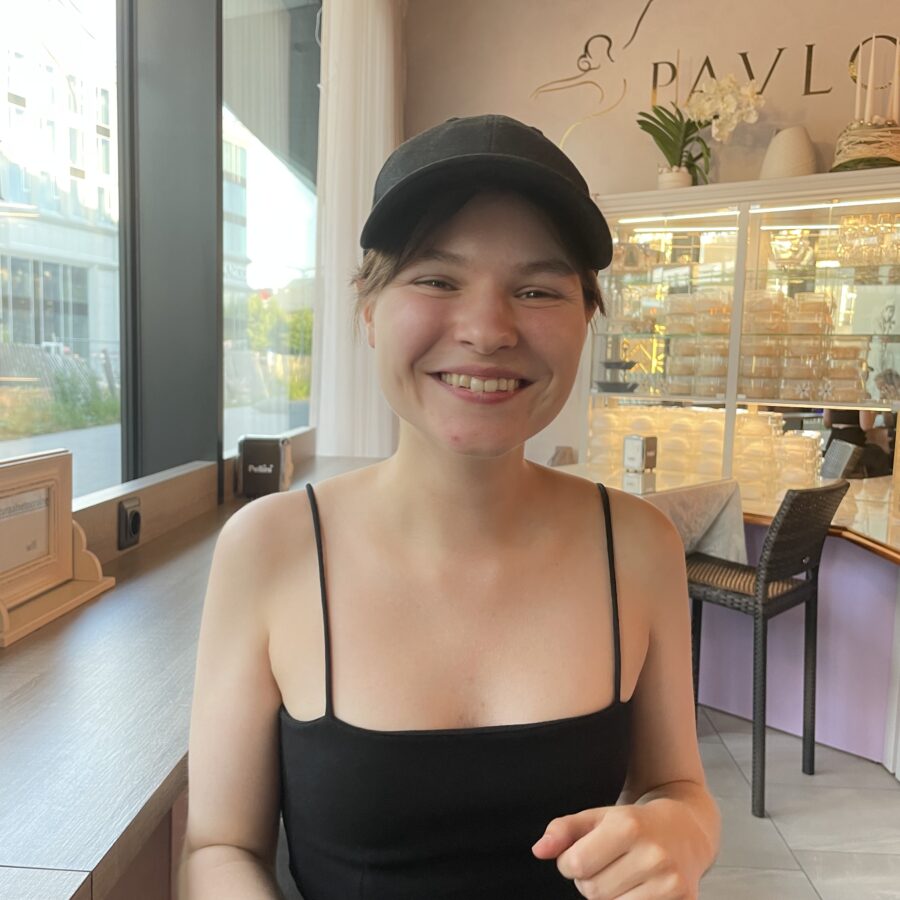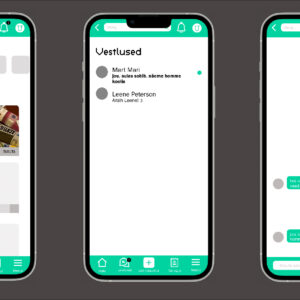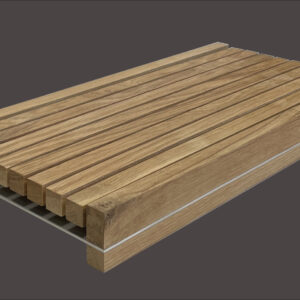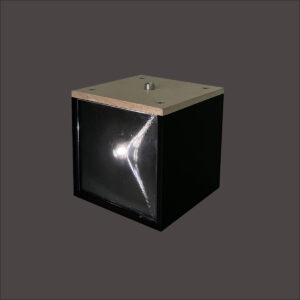
In the picture: Katrin Selin
This month we bring you some freshness of spring through the thoughts of a 1st-year student – the March product design form was filled out by industrial design student Katrin Selin. She is probably one of the most exemplary students. Katrin caught our eye even before the admissions because she took part in many preparatory events and she always had some questions ready, so she would be prepared for the admission exams. Such eager people are hard to find. She hasn’t lost her luster during the first year, instead, she has enriched as a designer through some new knowledge and experience.
Name: Katrin Selin
Position: Student
Relation to EKA: First-year student of Industrial Design
1. What projects are you currently working on?
From personal projects, I plan to print the case of a wireless computer mouse on a 3D printer and put it together myself. Otherwise, in the first half of our spring semester, the emphasis is more on developing basic skills, which are the key to a successful project: we learned product drawing, 3D modeling, product and idea presentation. We’ll be able to test this knowledge in the upcoming game design project, as a result of which we should prepare the drawings and layout of a game and finally present it.
2. What is important in design, what is irrelevant?
It doesn’t matter how different your new solution is from the existing ones. I know this from my own experience so far – I have often tried to “invent a bicycle” where it was not needed, by coming up with impractical solutions. Therefore, it’s important that the design is first of all functional and usable. Understanding your user will help you understand what their needs are and come up with the right product for them. However, this does not mean that other design components, such as its meaning or aesthetics, are irrelevant.
3. What is your favorite step in product creation and what does it look like?
What I like the most is the stage of figuring out a possible solution. This follows after a user survey and analysis of its results. Ideas are often invented during brainstorming sessions, without thinking about how real and doable they are. It liberates and inspires.
4. What has been your favorite project while studying at EKA? What did you discover during that?
During our studies, we’ve done 2 bigger projects in teams so far – one was focused on the development of a digital product and the other one on an industrial product. Although I chose the direction of industrial design, I still liked the digital product project more – it may be because it was the first time I experienced the product design process, so it was more memorable. In this project, I realised that it wasn’t necessary to “invent a bicycle” to make a product that would serve its purpose and be comfortable to use.
5. How do you see the role of a designer in society in 10 years?
I think the main goal of the designer – to solve the problem – will remain the same in 10 and 50 years. What would change is the spectrum of problems – it is ever-expanding. Thus, the responsibility and influence of the designer in society increases. However, this means that the designer must expand his knowledge and connections over and over again in order to be able to invent and implement really good solutions.
6. As a designer, I respect…
… everyone who shares their knowledge and experience with me and with whom I come into contact as a designer: a teacher, a team member, a user, clients, professionals in their field. All of these people develop me and help me become a better designer (and also a better person!).
Did this offer you some food for thought?
You can contact Katrin Selin for questions via artun e-mail: katrin.selin@artun.ee.



